Finicky Felines & Fishy Fats: Can Cats Eat Sardines in Olive Oil Safely? (Vet-Reviewed)
- 14 Apr 2025 11:00
The allure of fish for cats is almost legendary. The pungent aroma wafting from a can often brings our feline friends running, noses twitching with interest. Sardines, small oily fish packed with nutrients, seem like a natural fit for our obligate carnivore companions. But when those sardines come packed not in water, but in olive oil, a layer of complexity arises. This leads many well-intentioned cat owners to ask the crucial question: can cats eat sardines in olive oil? Is this combination a healthy, omega-3-rich treat, or does the addition of olive oil introduce unnecessary risks?
While plain sardines (packed in water) can offer benefits in strict moderation, the presence of olive oil significantly changes the equation. Understanding feline nutrition, the properties of both sardines and olive oil, and potential health hazards is essential before sharing this pantry staple. This comprehensive guide, grounded in veterinary expertise and adhering to E-E-A-T principles (Experience, Expertise, Authoritativeness, Trustworthiness), will dissect the safety, potential benefits, and significant risks of feeding cats sardines packed in olive oil, helping you make the safest choice for your pet.
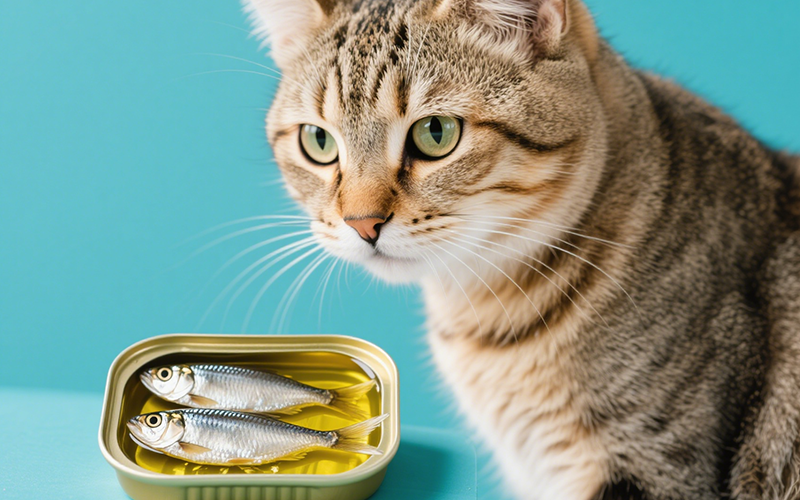
Sardines Themselves: A Nutritional Powerhouse (Potentially)
Let's first consider sardines on their own. These small, silver fish are often lauded for their nutritional profile:
High-Quality Animal Protein: Provides essential amino acids vital for muscle maintenance, enzyme production, and overall health in cats.
Omega-3 Fatty Acids (EPA & DHA): Sardines are famously rich in these beneficial fats, known for their anti-inflammatory properties, supporting skin and coat health, joint function, cognitive health, and potentially cardiovascular wellness.
Vitamins: Excellent source of Vitamin D (crucial for calcium absorption, often needs supplementing in indoor cats) and Vitamin B12 (nerve function, cell growth). Also contains other B vitamins.
Minerals: Good source of Calcium (especially if tiny, softened bones are consumed), Phosphorus (bone health), Selenium (antioxidant), and Iron (blood health).
Low Mercury Levels: Being small and low on the food chain, sardines generally accumulate much less mercury than larger predatory fish like tuna or swordfish.
Based on this, plain sardines seem like a promising addition to a cat's diet – *if* prepared and portioned correctly.
The Olive Oil Factor: Adding Fat to the Fire?
Now, let's introduce the olive oil. Olive oil is primarily composed of monounsaturated fats (mainly oleic acid), considered a healthy fat for humans. However, for cats:
High Calorie Density: All fats are calorie-dense. Adding oil significantly increases the calorie count of the sardines, making it easy to overfeed and contribute to weight gain or obesity.
Potential for GI Upset: While olive oil isn't toxic, a sudden influx of concentrated fat can overwhelm a cat's digestive system, potentially leading to vomiting, diarrhea, or greasy stools.
Pancreatitis Risk:** High-fat meals are a known risk factor for pancreatitis in cats – a serious and painful inflammation of the pancreas. While a tiny lick might not trigger it, consuming oil-soaked fish increases this risk, especially in susceptible individuals.
Nutritionally Unnecessary Fat Source:** Cats require animal fats for essential fatty acids like arachidonic acid. While olive oil provides calories, it doesn't offer the specific *types* of fats essential for feline health found in animal sources. It's essentially adding unnecessary fat calories.
The olive oil component is where the safety of this particular product becomes questionable for feline consumption.
Feline Nutrition Fundamentals: Why This Matters
Remember, cats are **obligate carnivores**. Their bodies are optimized for:
High animal protein intake.
Moderate to high animal fat intake (for specific fatty acids and energy).
Minimal carbohydrate intake.
Obtaining essential nutrients like taurine and pre-formed Vitamin A directly from meat/organs.
While sardines (the fish part) align reasonably well with protein and some fat needs, adding significant amounts of plant-based oil (olive oil) pushes the fat content high without providing the specific *types* of fat cats utilize best and adds unnecessary calories.
The Direct Answer: Can Cats Eat Sardines Packed in Olive Oil?
The most accurate answer is: **It's not recommended, and safer alternatives exist.**
Technically Edible (with extreme caution):** A tiny piece of sardine from which the oil has been *meticulously drained* might not cause immediate harm to a healthy adult cat.
Risks Outweigh Benefits:** The added olive oil introduces significant risks (high fat, calories, potential GI upset, pancreatitis risk) with no added nutritional benefit *for the cat*.
Better Alternatives:** **Sardines packed in water (no salt added)** are a much safer and more appropriate choice if you wish to offer sardines as a treat.
Plain Cooked is Best:** Ideally, plain, cooked sardines prepared specifically for the cat (if possible) would be safest, but canned-in-water is a practical alternative.
Therefore, while not strictly "poisonous" in the way chocolate is, sardines in olive oil for cats are generally considered an unnecessarily risky and unsuitable choice due to the oil content.
Potential Benefits (Primarily from the Sardines, Not the Oil)
If offered very sparingly *after thorough draining*, the sardine portion itself could provide:
Omega-3 Boost:** EPA and DHA for skin, coat, joint, and cognitive health.
High-Quality Protein:** For muscle maintenance.
Vitamins & Minerals:** Including Vitamin D, B12, Calcium (from bones), and Selenium.
However, these benefits can be obtained much more safely from sardines packed in water or other species-appropriate sources like specific fish oil supplements formulated for cats.
MAJOR RISKS: Why Sardines in Olive Oil Are Problematic
Let's elaborate on the dangers associated with this specific product:
1. Excessive Fat Content & Related Issues
Gastrointestinal Upset:** The rich oil is highly likely to cause diarrhea, vomiting, or greasy stools, even in small amounts for sensitive cats.
Pancreatitis Risk:** The high fat load significantly increases the risk of triggering painful and potentially life-threatening pancreatitis, especially if fed repeatedly or in large quantities.
Obesity:** The added calories from oil contribute significantly to weight gain if offered regularly, leading to associated health problems (diabetes, arthritis, etc.).
2. High Sodium Content (Common in Canned Fish)
Check Labels:** Even sardines packed in oil (or water) can contain added salt. Always check the label for sodium content.
Risk:** Excess sodium is dangerous for cats, potentially leading to salt toxicity (hypernatremia – symptoms include thirst, vomiting, diarrhea, tremors, seizures) and exacerbating kidney or heart conditions.
3. Potential for Bones
Softened Bones:** Canning typically softens sardine bones, making them somewhat digestible for many cats.
Risk Remains:** However, larger fragments could still potentially pose a minor choking hazard or cause irritation, especially in smaller cats or kittens. It's wise to mash the sardine well and check for any particularly large or sharp-feeling bones before offering.
4. Histamine (Scombroid Poisoning)
Risk:** If fish (especially oily fish like sardines) is improperly stored or handled before canning, bacteria can produce high levels of histamine. This is not destroyed by cooking/canning.
Symptoms:** Ingesting high-histamine fish can cause allergy-like symptoms (flushing, hives, vomiting, diarrhea, respiratory distress). While less common with reputable canned products, it's a theoretical risk with any preserved fish.
5. Additives and Seasonings (in Flavored Varieties)
Avoid Flavored Options:** Never feed cats sardines packed in sauces (mustard, tomato) or with added spices, onions, or garlic. These often contain ingredients toxic to cats or high levels of salt and sugar. Stick strictly to plain sardines (preferably in water).
6. Mercury Content (Low Risk but Consideration)
Low Accumulators:** Sardines are generally low in mercury compared to larger fish.
Moderation Still Key:** While the risk is low, it's another reason why sardines should be an occasional treat rather than a daily food.
How to *Safely* Offer Sardines (If You MUST Use the Olive Oil Kind - Water Preferred!)
Again, **sardines packed in water (no salt added) are the recommended choice**. However, if you only have sardines in olive oil and decide, against general advice, to offer a tiny taste, extreme caution is needed:
1. Select Plain Variety ONLY:** Ensure the sardines are plain, with no added salt, sauces, spices, or flavors. Check the ingredients list carefully.2. Drain THOROUGHLY:** This is critical. Remove the sardines from the can and place them on absorbent paper towels. Gently press to remove as much surface oil as possible. Rinsing gently under cool water *might* help remove more surface oil but could also affect taste/texture and potentially wash away some water-soluble nutrients. Pat dry thoroughly after rinsing. The goal is to minimize ingested oil.3. Check for Bones:** Mash the drained sardine meat thoroughly with a fork. Feel carefully for any unusually large or sharp bones and remove them.4. Tiny Portion Size:** Offer only a very small amount – think less than a teaspoon or a tiny chunk – mixed with their regular food or as a separate treat.5. Frequency: Extremely Occasional:** Due to the residual oil and other factors, this should be a very rare treat, far less frequent than sardines packed in water might be offered.6. Monitor Your Cat:** Watch closely for 24-48 hours for any signs of digestive upset (vomiting, diarrhea, greasy stools, lethargy). If any occur, discontinue immediately and consult your vet if symptoms are severe or persistent.
Reiteration: Sardines packed in water (no salt added) avoid the primary risk (the oil) and are a much safer starting point.
Portion Size and Frequency (General Guidance for Sardines)
Whether packed in water or (carefully drained) from oil:
Treat, Not Meal:** Sardines are not nutritionally complete and balanced and should only supplement the main diet.
Amount:** For an average-sized cat, about half a sardine to one small sardine (depending on size) mashed up is a reasonable treat portion per session.
Frequency:** Once or twice a week *at most* is generally advised by vets for sardines packed in water. Sardines drained from oil should be offered even less frequently due to residual fat.
10% Rule:** Ensure the calories from sardines (and all other treats) don't exceed 10% of your cat's total daily intake.
Veterinary Expert Opinion on Sardines in Olive Oil
Most veterinarians advise:
Plain sardines packed **in water (no salt added)** can be a safe and beneficial treat in moderation due to omega-3s and protein.
Sardines packed **in olive oil are NOT recommended** due to the high fat content, unnecessary calories, and risk of GI upset or pancreatitis.
If oil-packed sardines are used accidentally or against advice, **thorough draining is essential**, but risks remain.
Always check for **added salt or flavorings** and avoid these products.
Mash the fish to check for **large bones**.
Feed only in **strict moderation** as an occasional treat.
Prioritize a **complete and balanced commercial diet** for daily nutrition.
The consensus strongly favors avoiding the olive oil variety altogether.
Summary Table: Cats Eating Sardines in Olive Oil
| Aspect | Safety Information & Recommendations |
| Can Cats Eat Sardines in Olive Oil? | **Not Recommended.** Safer alternatives (sardines in water) exist. High risks due to oil. |
| Benefits (from Sardines, if drained) | Omega-3s, protein, Vit D, Vit B12, Calcium (bones), Selenium. Better obtained from water-packed sardines. |
| Primary Risks (Olive Oil Version) | **High Fat Content** (GI Upset, Pancreatitis Risk, Obesity), **Excess Sodium** (if added), Bones, Potential Contaminants (Histamine, Mercury - low risk). |
| Olive Oil Itself | Adds unnecessary fat calories, high risk of GI upset, potential pancreatitis trigger. Not toxic, but unsuitable. |
| Sardines in Water (No Salt Added) | **MUCH SAFER alternative.** Recommended choice if offering sardines. Still requires moderation. |
| Preparation (Oil-Packed - If Ignoring Advice) | Drain THOROUGHLY, mash, check for bones, tiny portion, plain variety only. |
| Portion Size (General Sardines) | Treat only (max 10% daily calories). Half to one small sardine per session. |
| Frequency | Water-packed: Max 1-2 times/week. Oil-packed (drained): Even less frequently due to residual fat. |
| Recommendation | **Avoid sardines in olive oil.** Choose sardines packed in water (no salt added) for a safer occasional treat. Prioritize balanced diet. |
Navigating Feline Diet Questions? PettureX Offers Assistance!
Understanding the intricacies of feline nutrition, like whether cats can safely eat sardines in olive oil, can be complex. If your cat eats something potentially problematic, or if you notice signs of digestive upset, having access to quick information is valuable while you seek professional veterinary advice.
The PettureX App provides helpful features for informed pet parenting:
24/7 AI Vet Consultation: Have urgent questions about food safety ("Is olive oil bad for cats?") or symptoms like vomiting or diarrhea after eating fish? PettureX's AI offers immediate guidance and helps assess the urgency.
Image Recognition Technology: Useful for identifying your cat's breed or getting preliminary insights into visible health issues.
AI-Powered Symptom Checker: Describe your cat's symptoms for an AI analysis of potential causes (like dietary indiscretion or pancreatitis) and recommended actions.
Comprehensive Pet Health Database: Quickly find information on safe foods, potential toxins, common feline illnesses, and nutritional needs.
PettureX acts as a convenient digital resource, offering AI-driven support and information to complement the essential, personalized care provided by your veterinarian.
Conclusion: Opt for Water-Packed Sardines, Skip the Olive Oil
In conclusion, while sardines themselves offer nutritional benefits for cats, the answer to "can cats eat sardines in olive oil?" leans heavily towards no, or at least, not recommended. The added olive oil introduces significant risks related to high fat content, excessive calories, potential gastrointestinal upset, and an increased risk of pancreatitis, all without providing necessary feline-specific nutrients.
For a much safer option, choose plain sardines packed in water (with no added salt). Even then, moderation is key – feed only small amounts as an occasional treat, mash them to check for large bones, and ensure they constitute no more than 10% of your cat's daily calorie intake. Always prioritize a complete and balanced commercial cat food as the foundation of their diet.
When treating your feline friend, making the safest choice often means skipping the oil and opting for simpler, more species-appropriate options. Consulting your veterinarian is always best practice when considering new additions to your cat's diet.
Related
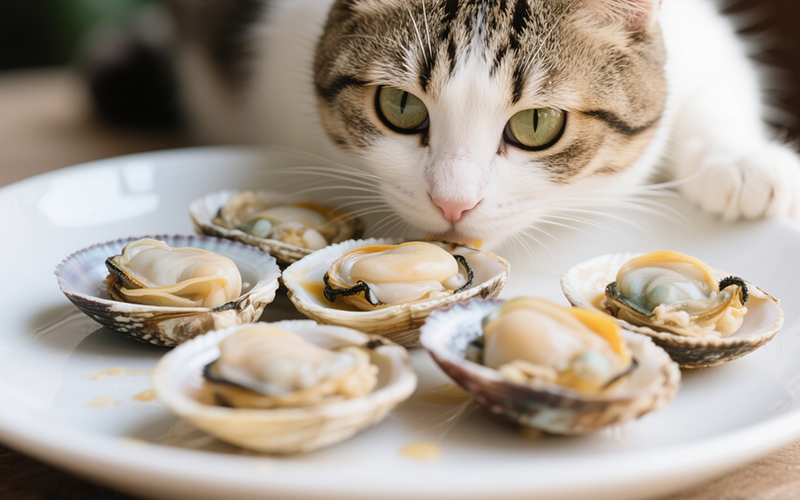
Seafood Surprise: Can Cats Eat Clams Safely? (Vet-Reviewed Risks & Guide)
- 15 Apr 2025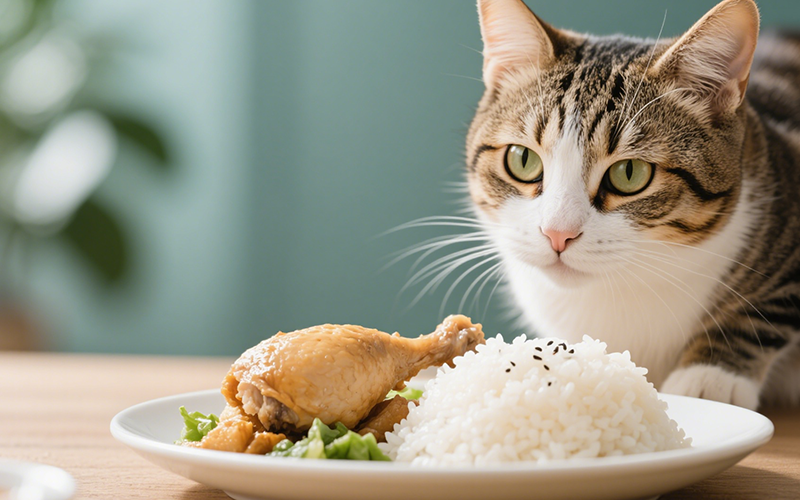
Chicken & Rice for Cats: Safe Treat or Dietary Danger? (Vet-Reviewed Guide)
- 15 Apr 2025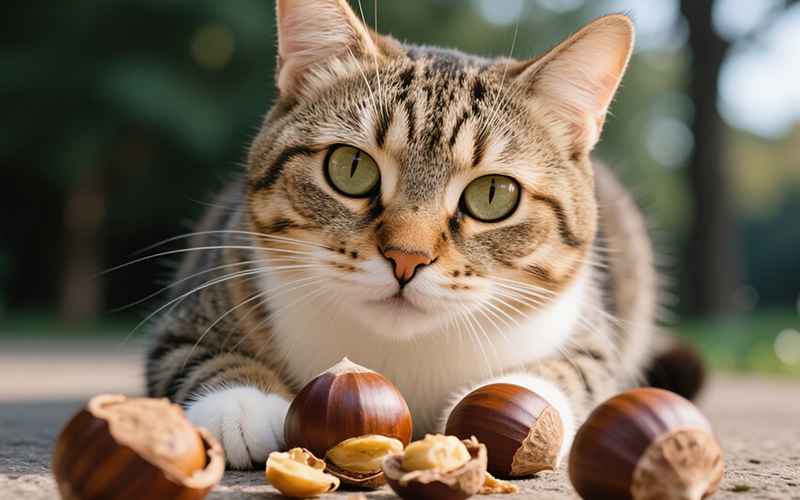
Nutty Concerns: Can Cats Eat Chestnuts Safely? Vet Explains the Risks (True vs. Horse Chestnuts)
- 15 Apr 2025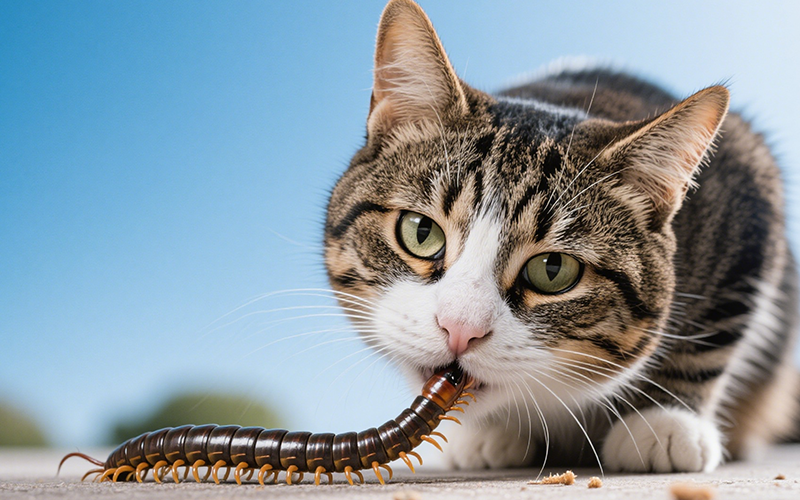
Creepy Crawly Cuisine? Can Cats Eat Centipedes Safely? (Vet-Reviewed Warning)
- 15 Apr 2025
The Gourd Guide: Can Cats Eat Canned Pumpkin Safely? Vet-Reviewed Benefits & Risks
- 15 Apr 2025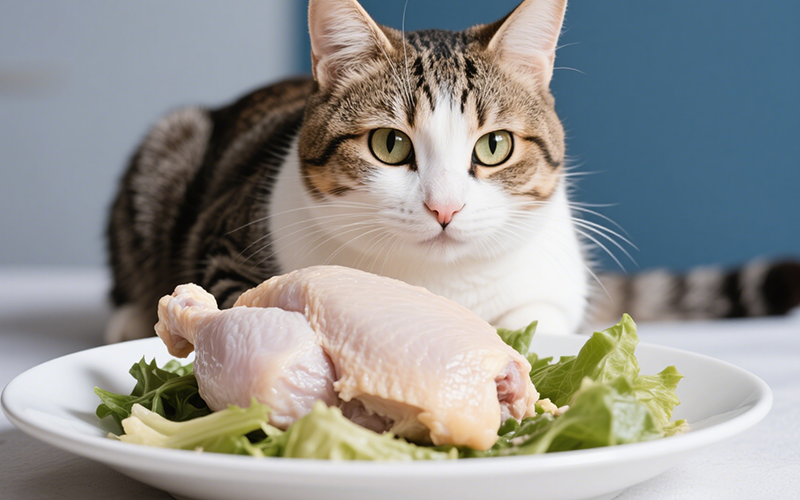
Boiled Chicken for Cats: A Purrfectly Safe Treat or Potential Pitfall? (Vet-Reviewed Guide)
- 15 Apr 2025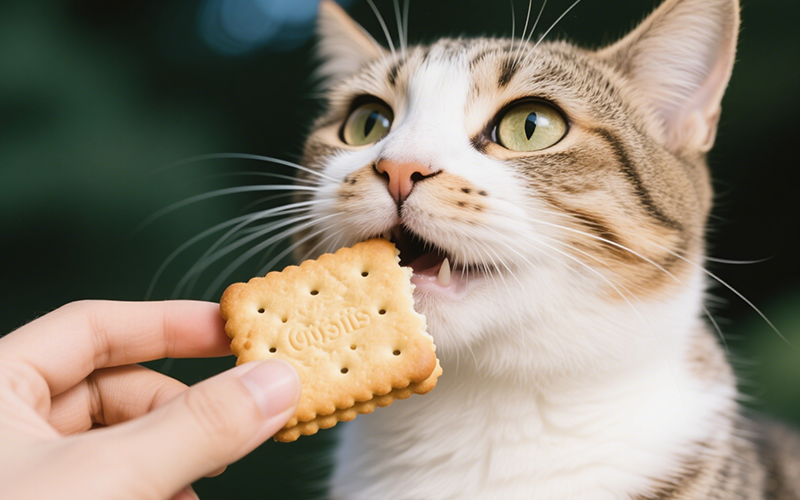
The Crumbly Truth: Can Cats Eat Biscuits Safely? Vet Warns of Hidden Dangers
- 15 Apr 2025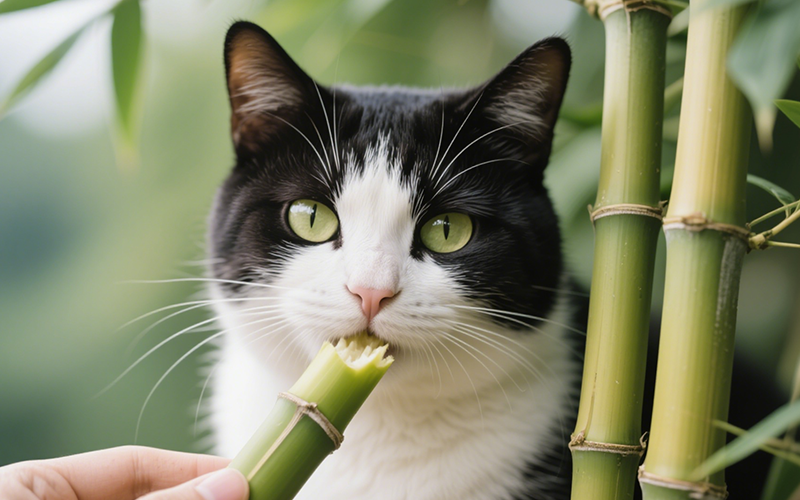
Green Stalks & Curious Cats: Can Cats Eat Bamboo Safely? (Vet-Reviewed Guide)
- 15 Apr 2025
Beef Liver for Cats: Nutrient Powerhouse or Risky Treat? (Vet-Reviewed Safety Guide)
- 15 Apr 2025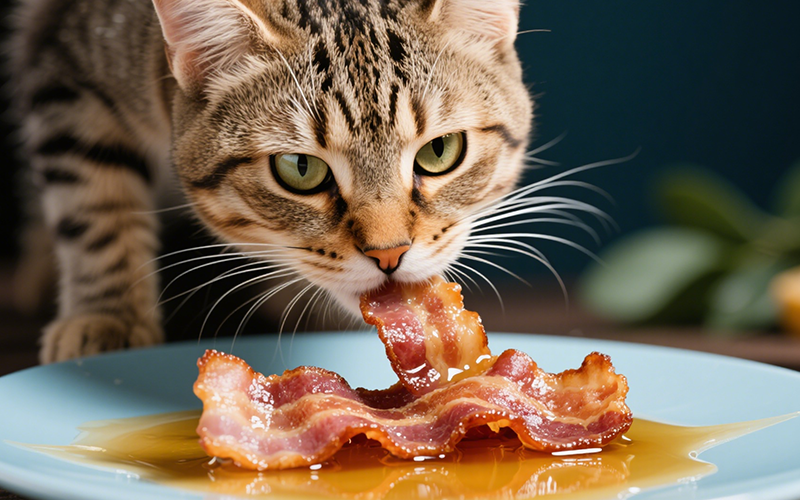
Fat Trap Alert: Can Cats Eat Bacon Grease Safely? (Vet-Reviewed Dangers)
- 15 Apr 2025
